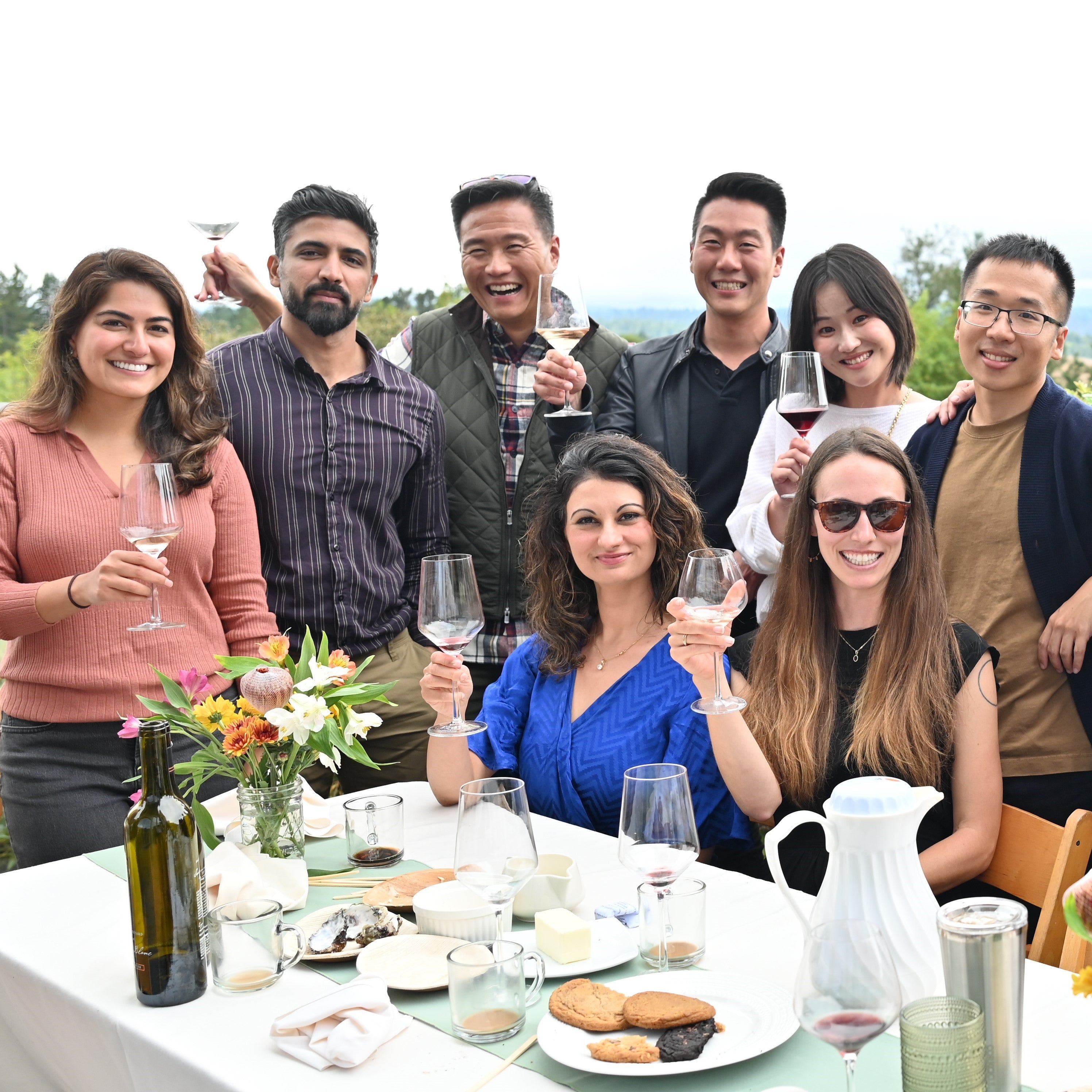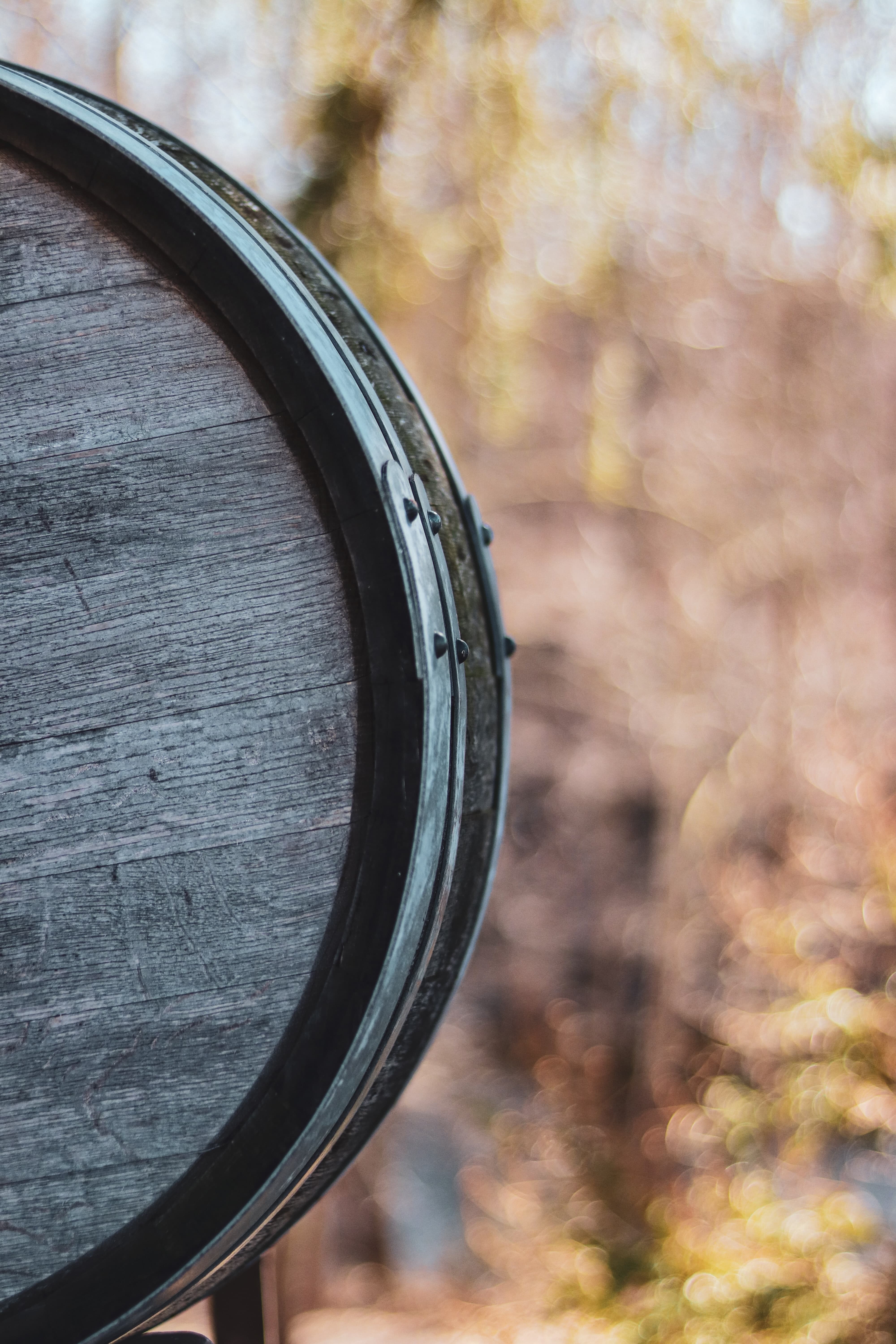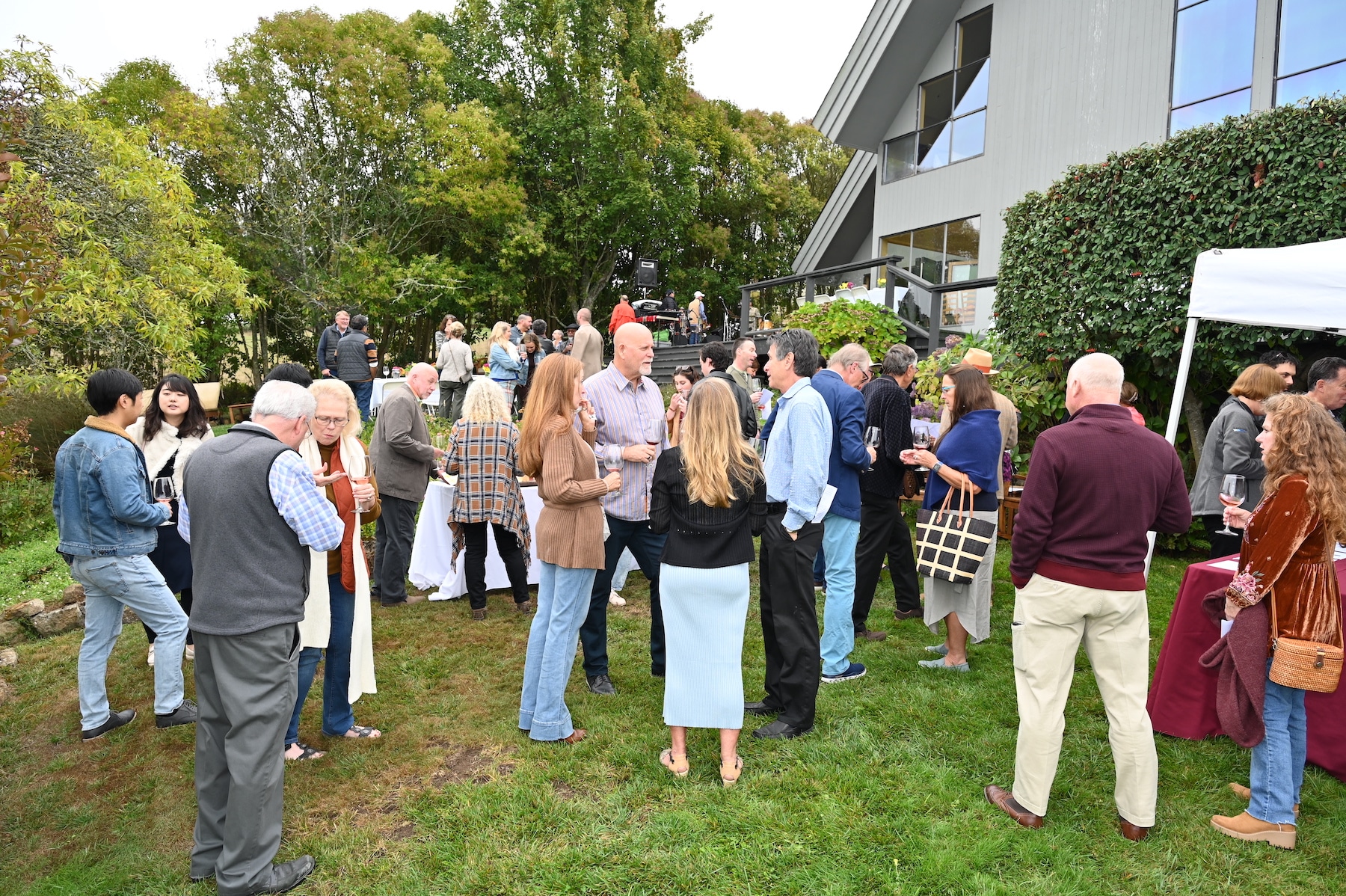Wineries Pairing Wine With Chocolate - Wine Tasting And Vineyards In Sonoma
Eco-Friendly Wineries In Sonoma County - Wineries To Explore In Sonoma Valley
Visiting a winery for a wine tasting can be a fascinating experience, especially when you know the way to maximize the chance with tasting notes. These notes serve as a guide to understanding the complexities of the wines you sample and help in forming a deeper reference to every pour. Utilizing tasting notes can transform your experience, allowing you to savor not just the style but also the story behind each bottle.
Every wine has a singular profile influenced by grape variety, terroir, and winemaking techniques. Understanding these parts can enhance your appreciation of the wine. When you might be given a tasting menu or a flight of wines to sample, take the time to read through any descriptions supplied (Beautiful Picnic Areas At Sonoma Wineries). This preliminary overview can set the tone and expectations on your tasting experience.
Start your wine tasting by observing the wine in your glass. The color can reveal lots in regards to the wine’s age and varietal. Take notes on the hue, clarity, and viscosity. A well-structured tasting note usually includes this visible evaluation as it forms the inspiration of your evaluation. Whereas it may appear trivial, the visible side is crucial in wine tasting.
Wineries Near Santa Rosa - Best Vineyard Visits In Sonoma
After your visible assessment, it is time to take a delicate whiff. Swirl the wine in your glass to aerate it, releasing its aroma. This is the place tasting notes become particularly priceless. Make notes concerning the totally different scents you detect—fruits, spices, or floral hints. Figuring Out these aromas will assist you to put words to the intrinsic complexities of the wine you might be sampling.

The next crucial step is the tasting itself. Take a small sip and let the wine roll over your palate. Note the flavors you experience. Are they sweet or tart? Where does your palate detect every flavor? Some wines might present immediate sweetness followed by a tannic end. Use your tasting notes to document these layers, making a roadmap of your sensory experience.
Think About additionally the mouthfeel of the wine as you taste. Is it clean, crisp, creamy, or perhaps tannic? This textural high quality significantly influences the general enjoyment and impression of the wine. Observing the mouthfeel can reveal the quality and craftsmanship behind the winemaking course of.
It Is helpful to compare completely different wines as you taste them. If you're sampling a flight with contrasting varietals, make a remark of the variations you understand. How does the acidity range from one wine to another? Which wine feels fuller, and which is extra refreshing? This comparative train deepens your understanding and helps sharpen your analytical skills.
Charming Wineries Offering Wine And Food Pairings - Vineyards Near Sebastopol

Engage with the winery staff whereas tasting. Educated hosts usually share insights in regards to the winery's history, the particular vintage, or the winemaking philosophy, enriching your appreciation of the wine. Do Not hesitate to ask questions that pique your curiosity based mostly on your tasting notes. Many hosts get pleasure from discussing their wines and can provide a wealth of knowledge that isn’t available from printed supplies. Cultural Wine Experiences In Sonoma County.
Hold in mind the seasonality of wines as you taste. Totally Different wines evoke various her comment is here moods and pair properly with distinct culinary experiences. Take notes on the way you might enjoy a specific wine with food. This not solely adds context to your tasting notes but also aids future choices and purchases.

Another helpful tip whereas utilizing tasting notes at a winery is to record your impressions immediately. As wines can blend and create a uniform flavor reminiscence, jotting down your thoughts promptly ensures a extra correct reflection of your experience. Use adjectives that resonate with you, crafting a private vocabulary to explain every wine based on your preferences.
After completing the tasting, evaluation the notes you’ve taken. Replicate on which wines stood out to you and why. This reflection reinforces your tasting experience and highlights what you would possibly seek in future purchases. If you've noted particular aromas or flavors that captivated you, this info empowers you to pick out wines that align together with your palate.
Wineries With Outdoor Seating - Wineries In The Sebastopol Region
Wine tasting can even function a chance for socializing. Sharing your tasting notes with companions can ignite engaging discussions on flavors, preferences, and impressions. This communal side of wine tasting usually enhances the experience, cementing lasting reminiscences that you can recall with a cup of wine in hand.
In conclusion, using tasting notes at a winery wine tasting can considerably enhance your experience. By observing the visual features, aromas, flavors, mouthfeel, and even the stories behind the wines, you create a rich tapestry of notes that may guide your future wine experiences. Partaking with the staff, comparing wines, and reflecting in your impressions will deepen your appreciation for the art of winemaking. Each tasting is an opportunity to find and connect with wines in exciting new methods. With practice, your tasting notes will evolve, turning into a cherished component of your wine journey.
Wineries Featuring Vineyard Tours - Explore Sebastopol Area Vineyards
- Start by familiarizing your self with the winery's tasting notes; they often describe the wine’s aroma, flavor profile, and finish, providing a helpful framework.
- Use your senses of sight and scent earlier than tasting; swirl the wine in your glass, observe its color, and inhale its bouquet to capture the wine's preliminary traits.
- When tasting, take a small sip and let the wine coat your palate; focus on the primary flavors and any secondary notes that may emerge, corresponding to fruit, spice, or earthiness.
- Pay consideration to the texture and mouthfeel of the wine; is it smooth, tannic, creamy, or crisp? This aspect can considerably enhance your understanding of the wine.
- Compare the tasting notes with your sensory experience, noting any similarities or discrepancies, which might deepen your appreciation of every wine’s complexity.
- Consider the wine’s getting older potential by analyzing its construction and stability; some wines may be gratifying now, while others may evolve fantastically over time.
- Take notes through the tasting; recording your impressions can help you bear in mind each wine better and refine your palate for future tastings.
- Have Interaction with the tasting employees; ask questions about the wine manufacturing process, grape varieties, and the particular notes you're detecting to enhance your data and experience.
- Explore pairing recommendations alongside your tasting; understanding which foods complement the wine can enrich each the tasting experience and your appreciation for the wine's nuances.
- Respect various preferences among your group; wine tasting is subjective, and inspiring open dialogue about individual tastes can result in a more gratifying and informative experience.undefinedWhat are tasting notes, and why are they important at a wine tasting?undefinedTasting notes are descriptions of the flavors, aromas, and total impressions of a wine. They are important as a end result of they guide your palate and improve your understanding of the wine's characteristics, serving to you appreciate completely different varieties and styles.
How should I take notes throughout a wine tasting?undefinedYou should focus on key elements corresponding to aroma, flavor, body, acidity, and end. Use a structured format or template to categorize your ideas and write down your impressions immediately after tasting. This helps you bear in mind your thoughts later.
Am I Able To use my own words to describe a wine, or ought to I stick to standard tasting terms?undefinedYou can completely use your own words to describe a wine. Whereas standard tasting terms may help convey specific qualities, personal descriptors add authenticity to your notes and may make your wine experience extra enjoyable and relatable.
Ought To I concentrate on sites specific flavors within the wine or the general experience?undefinedBoth elements are necessary. While specific flavors allow you to identify the unique traits of a wine, the general experience encompasses how all elements combine—creating a more holistic understanding of the wine.
Wine Tasting Trails In Sonoma Valley - Vineyard Tasting Events In Sonoma County
What if I cannot determine certain aromas or flavors throughout a tasting?undefinedIt’s common to have issue identifying specific tastes or scents. Don’t hesitate to ask for assist or guidance from the workers at the winery. They can present insights and help refine your palate over time by way of practice.
How can I use tasting notes to choose on wines in the future?undefinedBy reviewing your tasting notes, you probably can establish your preferences and tendencies in your wine choices. This lets you choose wines that align together with your palate in future tastings and purchases, making your experience extra pleasant.
Is it acceptable to match wines throughout a tasting?undefinedYes, comparing wines may be useful. It helps spotlight the differences in flavor profiles and attributes, permitting you to develop a deeper appreciation and understanding of each wine's distinctive qualities.
What ought to I do if I disagree with the tasting notes offered by the winery staff?undefinedDisagreement is a pure part of wine tasting! Use it as a possibility to discuss your impressions with the employees; they'll provide extra context or information about the wine, which may enrich your experience.
Wineries With Locally Sourced Food Options - The Charm Of Sonoma Wineries
How ought to I arrange my tasting notes after the event?undefinedAfter the tasting, organize your notes by wine sort, producer, or personal preference. Contemplate creating a digital or bodily journal which can be referenced for future tastings and wine alternatives, making it easier to recall your experiences.